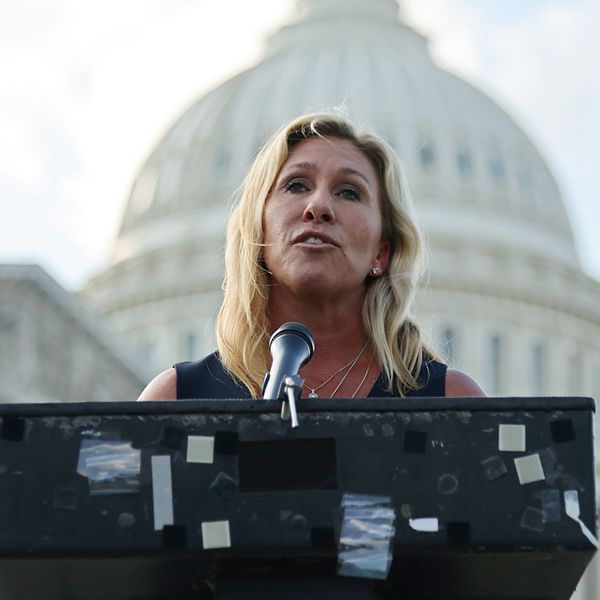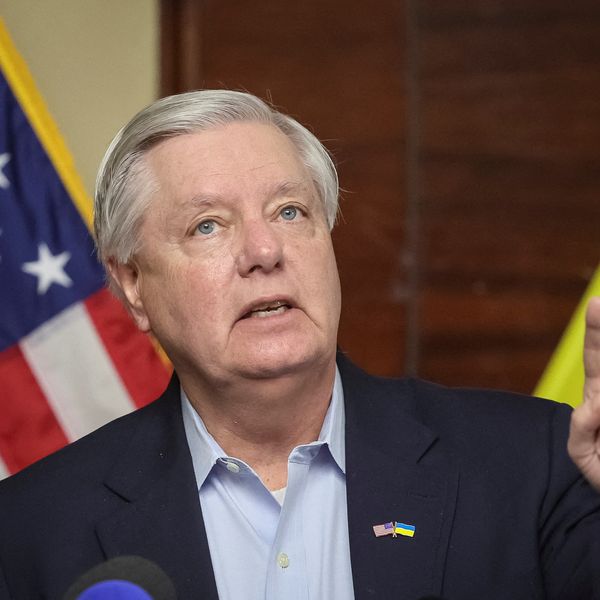In a bizarre outburst in Washington Post, senior fellow from the neoconservative American Enterprise Institute Danielle Pletka lamented that she may be “forced” to vote for Donald Trump in the upcoming U.S. presidential elections. The reason is her fear that Biden will be a “figure-head president reading from teleprompter words drafted by his party’s hard-left ideologues.” Whatever prompted this level of “epistemic closure,” as CATO’s Emma Ashford politely put it, Biden’s views on Iran certainly do not testify to a “left-ward lurch” of Democratic foreign policy that so worries the likes of Pletka.
The Democratic nominee produced, for the first time, a coherent set of views that will presumably guide his Iran policies. Whoever hoped that it would open a way to rescue the U.S.-Iran non-relationship from unremitted hostility will have been disappointed. To the contrary, the article presents a boilerplate of standard platitudes about Iran being a malign actor, and preciously little in a way of more realistic thinking about the U.S. policy towards that country.
To begin with, the framing of Biden’s article is problematic. By claiming to be offering a “smarter way to be tough on Iran,” Biden implicitly signals that he does not disagree with the fundamental objectives of the Trump’s maximum pressure campaign. Rather, he objects only to the failing policies and methods pursued to achieve those objectives. Thus, he criticizes Trump for exiting the working nuclear agreement, known as the Joint Comprehensive Plan of Action, and alienating America’s European allies. Yet, he leaves little doubt that he sees a return to the JCPOA more as a tool to pressure Iran rather than a foundation for a potentially more productive relationship.
Biden entertains a diplomatic path with Iran, but insists that Tehran return to strict compliance with JCPOA first — despite the fact that it was the U.S. that unilaterally withdrew from the deal. In an implicit admission of the JCPOA’s shortcomings, he promises to work with the allies to “strengthen and extend its provisions,” and also to press Iran on other issues, such as its human rights record, regional policies and ballistic missiles. Nowhere, however, does Biden suggest any incentives for Iran to engage in such hypothetical negotiations, much less make concessions on those fronts.
He does promise to make sure that U.S. sanctions do not hinder Iran’s fight against COVID-19. But this doesn’t amount to more than merely living up to U.S. law, which even Trump’s Secretary of State Mike Pompeo admits allows humanitarian trade with Iran. If Biden is serious about reviving the JCPOA, he should clearly signal intention to remove unilateral U.S. sanctions imposed by Trump in violation of that agreement. That would mean an end to unlawful obstruction of Iran’s legitimate trade with the world. Nothing less would elicit Iran’s return to full compliance with the JCPOA.
Biden also uses Iranian threat to justify continuity with a deeply flawed American policy of unconditionally siding with “partners and allies” in the Middle East, with no regard to whether their actual policies advance American values and interests, and indeed the stability of the region. He professes an ironclad commitment to Israel, despite the Netanyahu government’s highly destabilizing policies towards the Palestinians and growing alliance with repressive dictatorships in the Persian Gulf.
As to other “allies”, in an obvious reference to Saudi Arabia and United Arab Emirates, he vows to “help them reduce tensions and end regional conflicts”, notably in Yemen. He does not, however, hold Saudis and Emiratis accountable for the war crimes they have committed in Yemen. This not only creates an impression of double standards in dealing with Iran and Gulf kingdoms, but also fails to explain what American interest warrants an uncritical embrace of Riyadh and Abu-Dhabi. This is a far cry from Biden’s former boss Barack Obama’s more level headed view that Iran and Saudi Arabia should learn to share their region.
Where Biden is on a surer footing is in his promise to rally the European allies around his policies. He’ll enjoy a warm reception from the European leaders who will see in his election a return to “normal” in transatlantic relations after four years of Trump’s contemptible neglect. Biden will enjoy a leeway simply on account of him not being Trump. Besides, the EU shares many of the U.S. concerns on Iran, especially on its regional policies.
Yet, ultimately, the success of new transatlantic partnership on Iran depends on tangible deliverables. That means, first of all, a fully working JCPOA ensuring that Iran does not have a nuclear weapon, and that won’t be possible without a prospect of concrete financial relief for Iran. Europeans will also expect Biden to roll back the abusive extraterritorial sanctions, a hallmark of the Trump administration that impedes European business in Iran. And even if the U.S. and EU share an assessment on Iran’s problematic regional role, they often go different ways about it. Macron’s recent diplomacy in Lebanon, for example, clearly takes into account the Iranian factor. Biden, by contrast, only promises pushback against Iran. That may, sooner or later, lead to renewed transatlantic frictions, particularly if there is also no progress on reviving the JCPOA due to American intransigence on sanctions.
Biden’s rather hawkish article may result from the need the Democrats feel to convince the voters that they are no less “tough” on national security than the Republicans. If elected, he may pursue a more restrained policy. Associating hawkishness with credibility in foreign policy, however, is in itself a symptom of deep malaise that has led the U.S. to excessive entanglements in the Middle East. On evidence of Biden’s views on Iran, there is, for now, little room for hope that that will change.
This article reflects the personal views of the author and not necessarily the opinions of the S&D Group and the European Parliament.














